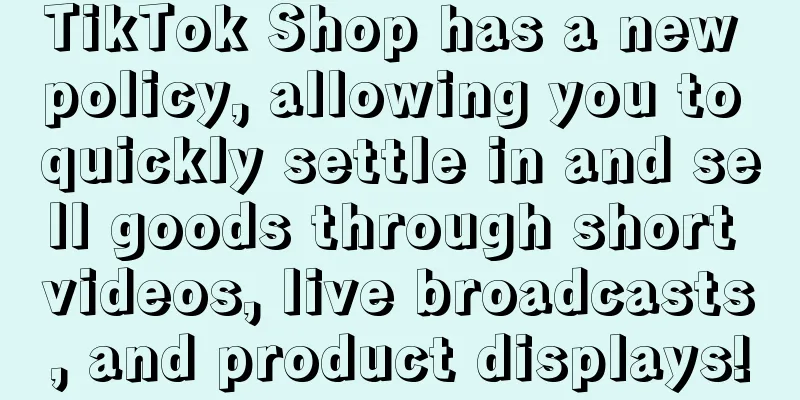What strategies can be adopted in Amazon operations? Six common Amazon operation models

|
Amazon is one of the world's largest e-commerce platforms. With its powerful online sales and logistics distribution system, it has attracted many merchants to settle in. To successfully operate on Amazon, you need to master some strategies and understand Amazon's operating model. Let's discuss it in detail below. In Amazon operations, the following strategies may help you improve sales and brand image: Optimize your product listings: Product titles, images, descriptions, and other elements are important factors that influence consumers’ purchasing decisions. Make sure to use high-quality images, write attractive titles, and provide detailed product descriptions. Keyword optimization: Choosing the right keywords for your product can help boost your product ranking in search results. Use a keyword tool to find keywords related to your product and incorporate them into your product title and description. Provide excellent customer service: Responding quickly to customer inquiries and complaints and providing a full range of after-sales services can help build a good reputation for the brand and attract more repeat purchases and recommendations. Manage inventory: Update inventory information in a timely manner to avoid out-of-stock or excess inventory to ensure timely delivery of orders and reduce storage costs. Take advantage of Amazon’s marketing tools, such as Sponsored Products, to display your products to relevant consumers through keyword targeting. Amazon's operating models can be divided into the following six categories: Amazon Direct (1P): Amazon purchases products directly from suppliers and then sells them on the platform. Amazon Marketplace (3P): Merchants list their products on the Amazon Marketplace and are then responsible for shipping. Fulfilled by Amazon (FBA): Merchants send products to Amazon's warehouse, and Amazon is responsible for the storage, packaging and delivery of the products. Seller Fulfilled Prime (SFP): After merchants meet Amazon's service requirements, they can use Amazon's Prime logo and are responsible for shipping themselves. Dropshipping: After receiving an order, the merchant provides the order information to the supplier, and the supplier directly sends the product to the consumer. Hybrid: Merchants can use several of the above models at the same time and flexibly choose the appropriate operating model based on different product types and sales strategies. |
<<: Can I only log in to Amazon with one computer? Can I only log in with one IP?
>>: Can mainland China shop on Amazon? How to shop on Amazon in the United States?
Recommend
How do self-media people who earn 10,000 yuan a year and 300 million yuan a year create a gap?
In an age where everyone is a self-media, why is i...
What is a data closed loop? Let’s talk about data closed loop
Data closed loop can be simply understood as an it...
618 tops the list again: What makes Nongfu Spring as stable as a rock?
How did Nongfu Spring stay at the top of the list ...
Commercial IP is the worst project this year
On the TikTok platform, the commercial IP field is...
Why is it so difficult to develop AI native applications?
The development of AI native applications is becom...
Can Shopee not use platform logistics? Which logistics is better for Shopee?
As a popular e-commerce platform, Shopee provides ...
Is there any risk in Amazon daily withdrawal? Is there any handling fee for withdrawal?
Merchants who open stores on Amazon all know the w...
Hot on the whole Internet, why is “city or not city” so popular?
“Are you city-like or not?” “Are you city-like or ...
Another "grandma" celebrity has appeared. How many top "grandmas" are there in short videos?
Grandma x who cooks, Grandma x who makes clothes, ...
How to follow-sell all the products in Amazon? How to follow-sell in bulk?
If Amazon merchants want to copy-sell other mercha...
What does Amazon conversion rate mean? How to calculate it?
If you want to make a profit by opening a store on...
Does Amazon Advertising need to run 24 hours? What should I pay attention to when running Amazon Advertising?
After opening a store on Amazon, everyone will try...
How can Chinese brands take root in the Japanese market? A conversation with Xidao Consulting, ROMOSS, and Hesheng
As Japanese consumers' awareness of Chinese br...
Video marketing in the automotive industry: live streaming standard, content hotspot and efficient highway
Explore how car companies can win the hearts and m...
In September, brands rely on these 5 keywords to grab traffic!
How can brands use innovative strategies and event...









